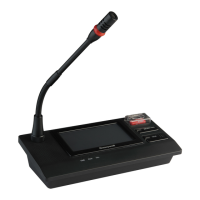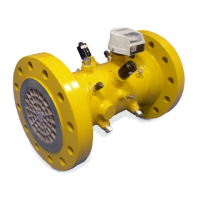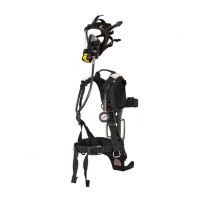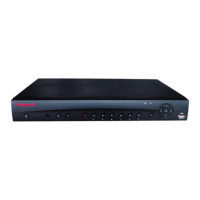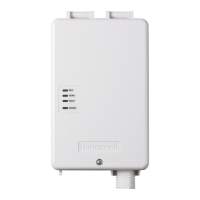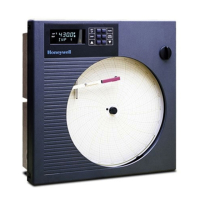43-TV-25-30 Iss.6 GLO Aug 07 UK 285
Appendix C: Thermocouple Connections
How Thermocouples work
Thermocouples produce a voltage dependant upon the temperature gradient between the
hot and cold junctions. The hot junction is the measuring junction of the thermocouple, the
cold junction is the point where the thermocouple wires are connected, usually the connec-
tion block on the back of the recorder.
If the hot (measuring) junction is at 100°C and the connection block of the recorder is at 20°C
the thermocouple will produce a voltage corresponding to 80°C, the difference between the
hot and cold junctions.
For the recorder to correctly report the 100°C it needs to know the temperature at the cold
junction. There are 4 options of cold junction compensation (CJC) on the recorder that are
detailed below. The simplest and most common is to use the “Internal Automatic” compen-
sation. This uses a CJC sensor built onto the AI board to measure the connector tempera-
ture. In this case it will measure 20°C, this will then be added to the 80°C measured by the
thermocouple to give a displayed reading of 100°C.
The 4 methods of cold junction compensation are described below.
All diagrams show passive burnout, for active burnout replace the + for *.
_
+
CJC
Cold
Junction
20°C
100°C
Hot Junction
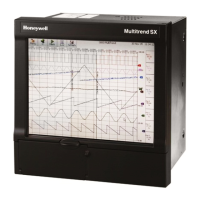
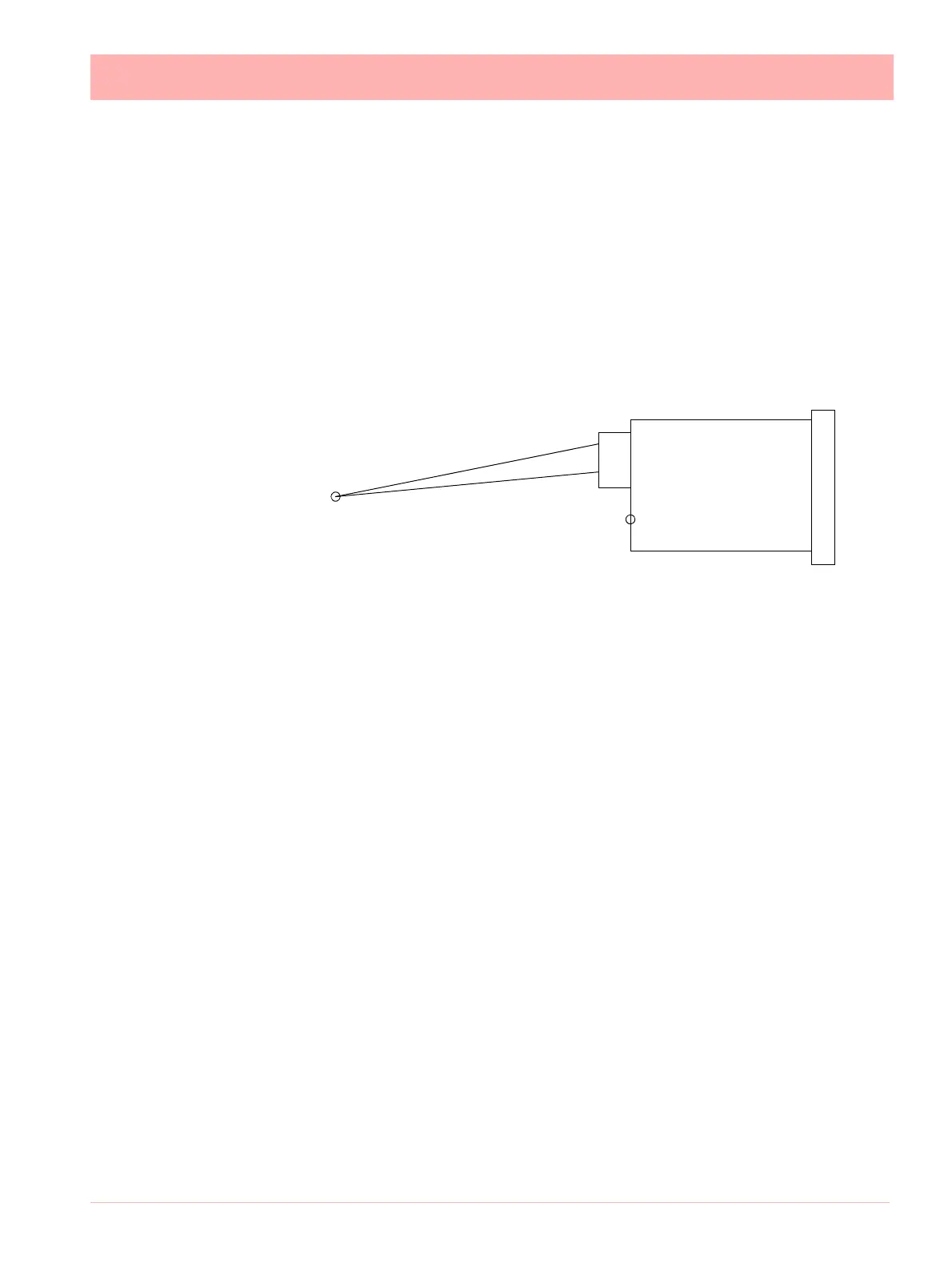